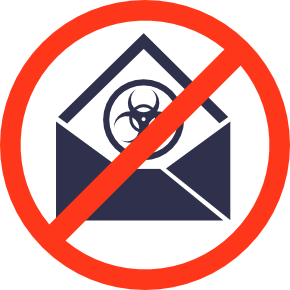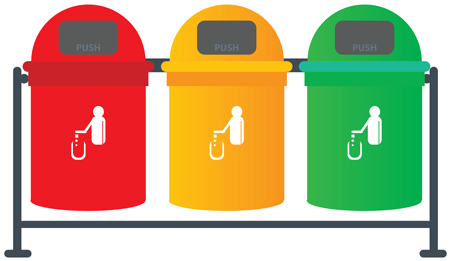Google takes on intrusive interstitials
Starting next January, Google will be modifying its mobile search results to lower the ranking of sites that use interstitials that interfere with the users experience. In a blog post announcing the change they explain:
Pages that show intrusive interstitials provide a poorer experience to users than other pages where content is immediately accessible. This can be problematic on mobile devices where screens are often smaller. To improve the mobile search experience, after January 10, 2017, pages where content is not easily accessible to a user on the transition from the mobile search results may not rank as highly.

While this doesn’t have any effect on email delivery, I think it’s noteworthy to mention here for 2 reasons.
First, many interstitials are subscription boxes. If subscription boxes are considered an “intrusive interstitial” then websites may suffer lower visitation due to lower Google ranking. This will result in fewer signups from mobile devices. Removing the interstitial will reduce signup rates, another unwelcome consequence to this change. I don’t have a good solution, although it may be as simple as not showing interstitials to users coming directly from Google. Folks who use interstitials for signups should be looking at this issue now.
Second, it clearly demonstrates the priority Google puts on user experience. Many users get frustrated when they go to a site and there is immediately something blocking the information they’re looking for. Google has heard this and is trying to make their results less frustrating for users. This attitude is also a part of their filtering and blocking decisions. Mail that is deemed annoying or frustrating for users may go to the bulk folder, even when they’re lacking overt spam signs. We’ve certainly seen cases where mail gets filtered with no clear reason other than “people have reported mail like this as spam.”
Overall, I think consumers will appreciate the new search ranking algorithm. I think marketers are going to have to adapt in many ways, not the least of which is figuring out how to collect email addresses without compromising search engine rankings.


